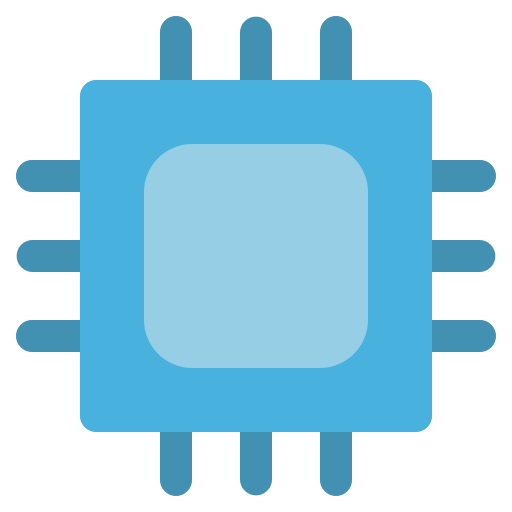

No custom ROM on a recent smartphone technically gives you a fully open source Android system when they rely on vendor-provided proprietary blobs in order for basic hardware functionality to work at all. Unless you want to go without a modem, GPS, and likely more depending on your model, at which point it’s functionally no longer a smartphone.
Open-source custom ROMs are at least far more open-source than the alternative in most of the ways that matter most, including the ability to change the code in order to remove app installation restrictions, to avoid Google’s telemetry, etc.





Why complain about this? This is a good thing. Most people have USB-A peripherals and the majority of new keyboards and mice even in 2025 still rely on it. Game controllers too: Switch 2 Pro, Xbox Elite 2, 8bitdo wireless controllers, and many others all include a USB A to C cable (cables with USB-C on both ends can be used too but need to be bought separately) for charging and optional wired play, and all modern wired-only controllers use a USB-A cable. Far better for the device to offer USB-A ports than force most users to buy USB-A adapters.
This system does have one USB-C port on the back, though it would be better if it had one on the front too in addition to the USB-A ones.